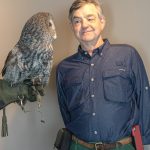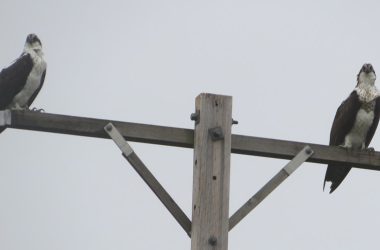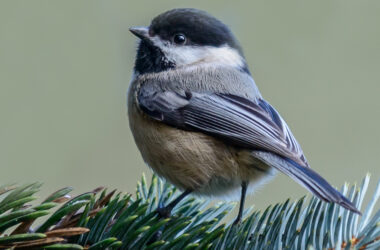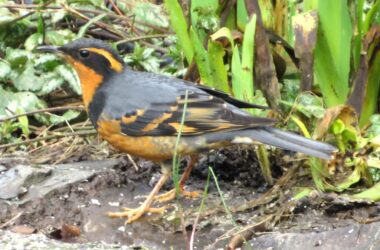It is here in the Willamette Valley. It is killing birds. As of now, there is no treatment.
In the field, you may spot some of its victims. It is being found across the nation: wild birds are dying as well as ones on poultry farms. This flu virus doesn’t typically infect humans, but it has, says the U.S. Centers for Disease Control and Prevention. Your cat, dog or other mammalian pet or livestock could contract the virus if exposed to an infected bird while outside. The Oregon Department of Fish and Wildlife has specific advice to hunters who may be handling waterfowl.
ODFW’s website explains: “Highly Pathogenic Avian Influenza (HPAI) has been circulating in wild birds in North America since December 2021 … Typically, HPAI does not cause large-scale mortality in wild waterfowl or other groups of wild birds but often causes severe illness and death in domestic chickens and turkeys. However, the current H5N1 strain has caused increased mortality for wild waterfowl (especially geese), shorebirds, raptors and scavengers such as vultures. Currently, there have been 7,476 confirmed detections in 136 species of wild birds throughout the U.S. This strain has also been detected in 15 mammalian species including scavenging carnivores such as coyotes, foxes and skunks that have likely fed on infected birds “.
How does this flu spread? Infected birds can shed this virus in their saliva, nasal secretions, and feces. Susceptible birds can then get infected after contact with the virus. New victims can also get infected through contact with contaminated surfaces.
Researchers discovered avian flu virus can persist in water, outside the body of an animal. Tested viruses generally were most stable at a slightly basic pH, with water temperatures of less than 63 degrees Fahrenheit. The virus does best in fresh or slightly brackish water. Not the open ocean then, but the lakes, marshes, streams and wetlands of the Willamette Valley are hospitable to avian flu virus.
So this fall and winter can be a bad time for avian flu. Geese and other waterfowl are now in dense flocks. As we saw with Covid, proximity of infectable animals makes the disease spread faster. Sharing a pool with a single infected bird can spread the disease to others.
If you find a dead or sick bird, do not touch it. ODFW asks people to report groups of sick or dead wild birds to the Wildlife Health lab at 866-968-2600 or at [email protected].
For a global perspective, visit https://www.woah.org/en/disease/avian-influenza/#ui-id-5
For information about upcoming Salem Audubon programs and activities, see www.salemaudubon.org, or Salem Audubon’s Facebook page.
Harry Fuller is an Oregon birder and natural history author of “Freeway Birding” and the newly-published “Birding Harney County.” He is a member of the Salem Audubon Society. Contact him at [email protected] or atowhee.blog. His “Some Fascinating Things About Birds” column appears regularly in Salem Reporter.
SUPPORT OUR WORK – We depend on subscribers for resources to report on Salem with care and depth, fairness and accuracy. Subscribe today to get our daily newsletters and more. Click I want to subscribe!

Harry Fuller is an Oregon birder and natural history author of three books: “Freeway Birding,” "Great Gray Owls of California, Oregon and Washington," and "San Francisco's Natural History--Sand Dunes to Streetcars." He leads birding trips for the Malheur Field Station. He is a member of the Salem Audubon Society, and leads bird trips locally. Harry has just published a new book, BIrding Harney County.









